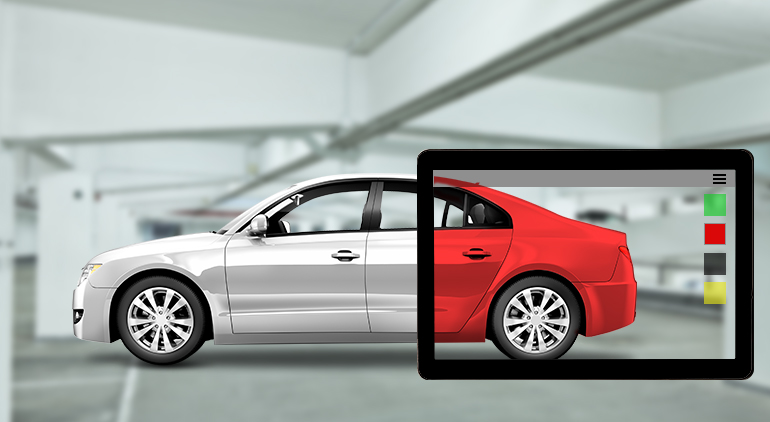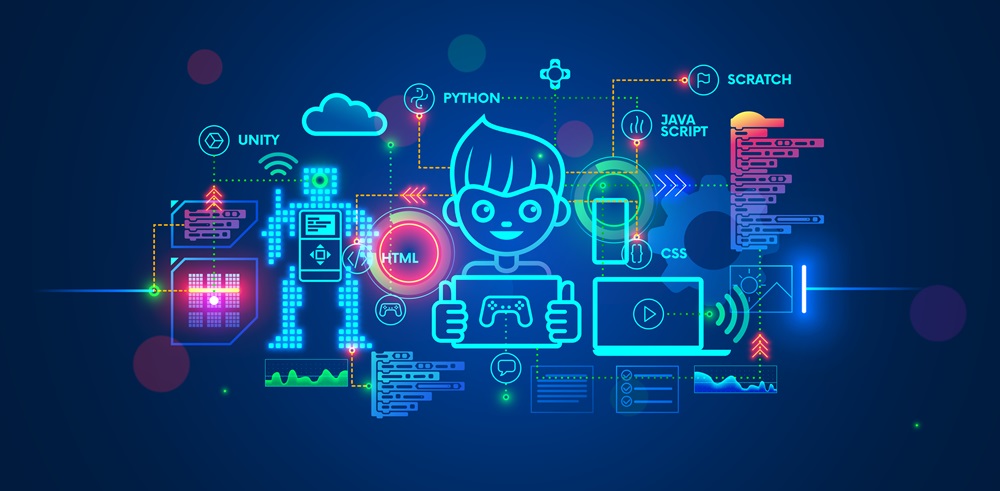Putting AR in Cars: Augmented Reality in Automotive Industry
It’s time to talk tech. The world
is seeing an exponential rise in the manners AR is being put behind the wheel. The automotive industry is undergoing a disruption in previously unimaginable ways.
From virtual engineering to HUDs, AR is dictating our traveling experience.
- By 2025, the global AR VR automotive industry will reach $673 Billion.
- The CAGR is expected to be 17.6%
The power of AR can be seen in the success Land Rover experienced in the UK. Even before the launch of the car, Land Rover achieved 143% of its presale target for the New Discovery Sport model. This was done through AR-enabled virtual showrooms.
Industry Players at the Forefront of AR Adoption
• BMW released its crossover SUV segment completely in
the virtual model.
• Tesla’s virtual car showroom is the best example where
the customer is put into a futuristic car showroom equipped with all the models
they plan to purchase.
• The AR for Car Chase experiment by Nissan to promote its
Chase model.
• MG Digital Studio offers a unique visual experience
with only digitally projected cars in its showrooms.
• Porsche has reduced the service time shortened the chain of communication, and improved the quality of customer experience through the “Tech Look Live” program.
Benefits of AR in the Automotive Industry
1. Showrooms
Before the actual purchase, the
prospect is given an immersive setting where they can virtually interact with
the car and modify various features until they are completely satisfied with
the product.
Giving this sense of freedom of choice with little to no
commitment greatly lubricates the conversion process.
Virtual showrooms are also advantageous for retailers and manufacturers as well. The total storage cost is reduced. Unpopular colors and specifications can be done away with.
And the issue of
value depreciation can be dealt with. Immersive tech and digital reality allow retailers to pinpoint customer needs and better serve them.
2. Test Driving
With virtual test drives enabled through augmented reality cars, the customer can simply put on headgear or sit in a simulator and experience the exact nuances of the physicality of the vehicle.
Related post: Opportunities AR, VR, MR Provides for SMEs
There are
certain terrain-specific vehicles such as Land Rovers or Hummers. The complete
sophistication of the machine can be experienced only on certain terrains. AR
addresses this as well by bringing the terrain to the customer.
3. Sales
Digital car showrooms are the
future of automotive retail. This greatly reduces the rent and gives way to better
operational efficiency.
AR assists with after-sales activities
as well. An example is Volkswagen’s MARTA or Mobile Augmented Reality Technical
Assistance. MARTA is an AR-powered goggle that allows the technicians to get a
vision of the car, overlaid with repairing information making sure that human
error is reduced to absolute zero.
4. Services
Using augmented reality in automotive, vehicle owners can point a
device at their vehicle to understand how to fix minor issues. This can reduce
service center visits.
If the issue is a major one, the owner can get to
know the exact problem before visiting a service center, thus improving the
customer–manufacturer relationship.
The Opportunities
The pandemic has hit badly on
India’s vision of being the world’s third-largest automotive market by 2025.
• The passenger vehicle sales have dropped 78.43%.
• The industry is suffering a loss of Rs 2300 crore per
day.
It is imperative to take innovative steps. AR can take this responsibility to the next level. Immersive experiences at both a manufacturing and consumer level can work wonders for the industry. Over and above being an engagement tool, augmented reality solutions can be an innovative branding technique.
Through augmented reality in automotive, the retailer can
also exploit the possibility of repetitive engagement. For example, the USAA, a
financial services company is allowing its app users to scan any car on the
road and find its specs, price, and the nearest showrooms.
Another instance is
Hero MotoCorp’s virtual showrooms and integrated AR capabilities point at a
larger market adoption of the tech.
Conclusion
The market will see aggressive adoption of AR in cars mainly
for training purposes (27.2%) of employees and engineers as well as technicians
followed by designing, prototyping, research, and virtual showrooms.
• The CAGR is expected to hit a global high of 45.1% by
2027 for the Indian automotive market.
• It is expected to be valued at $14,727.9 Million by
2027.
Major investments are likely to occur in the hardware segment
owing to the lowered costs of HMDs and the increasing demand for the same.
With the automotive industry
getting back on track and augmented reality driving innovative changes, both
sectors will merge to condition a new normal. By 2021, India’s augmented
reality market is projected to grow by over 55%.
And a major shareholder of the
benefits will undoubtedly be the automotive sector. This will definitely put
India back on the map, elevating it to the 3rd largest automotive
market by volume sold in 2025.
At EDIIIE, the AR VR Company, we keep abreast of such normalcy
breaching behavior from the automotive industry. We are also known to create
digital milestones ourselves. Checkout our AR showreel in the below video:
Connect with us to know more.






